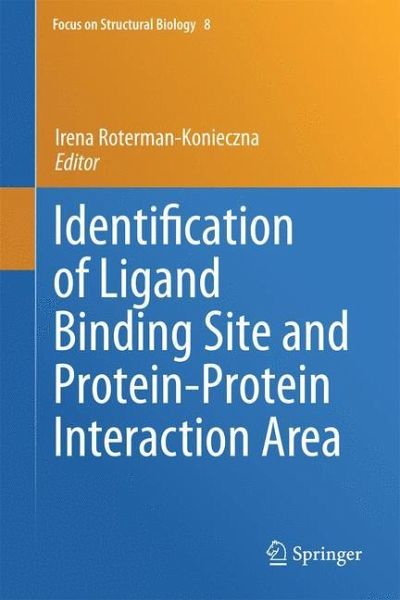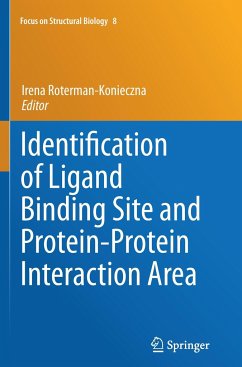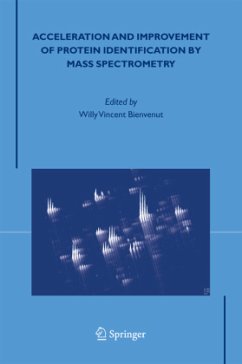
Identification of Ligand Binding Site and Protein-Protein Interaction Area

PAYBACK Punkte
57 °P sammeln!
This volume presents a review of the latest numerical techniques used to identify ligand binding and protein complexation sites. It should be noted that there are many other theoretical studies devoted to predicting the activity of specific proteins and that useful protein data can be found in numerous databases. The aim of advanced computational techniques is to identify the active sites in specific proteins and moreover to suggest a generalized mechanism by which such protein-ligand (or protein-protein) interactions can be effected. Developing such tools is not an easy task - it requires ext...
This volume presents a review of the latest numerical techniques used to identify ligand binding and protein complexation sites. It should be noted that there are many other theoretical studies devoted to predicting the activity of specific proteins and that useful protein data can be found in numerous databases. The aim of advanced computational techniques is to identify the active sites in specific proteins and moreover to suggest a generalized mechanism by which such protein-ligand (or protein-protein) interactions can be effected. Developing such tools is not an easy task - it requires extensive expertise in the area of molecular biology as well as a firm grasp of numerical modeling methods. Thus, it is often viewed as a prime candidate for interdisciplinary research.














